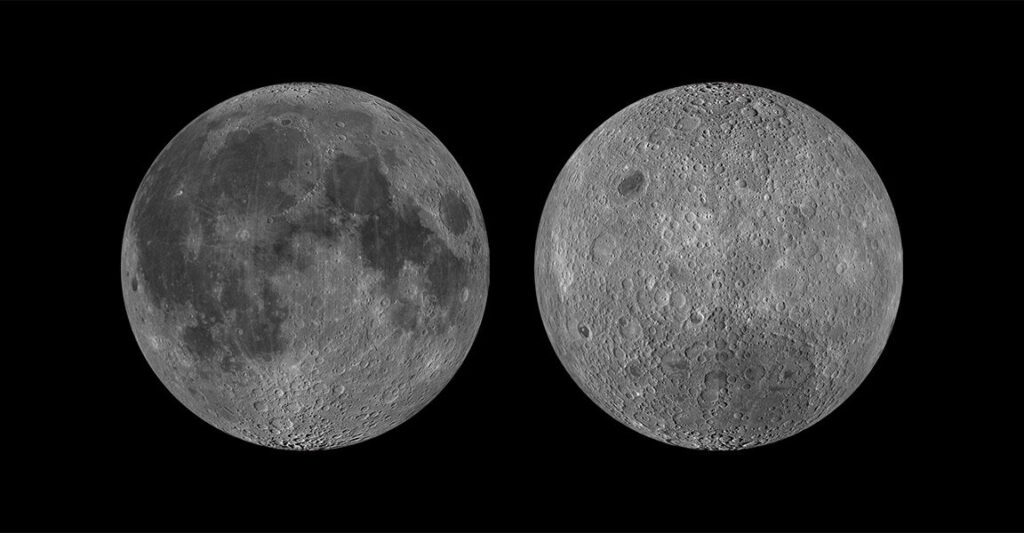Moon rocks reveal hidden lunar history

Lunar exploration ahead
Untangling these mysteries is challenging with so much of the Moon unexplored: While about 850 pounds of Moon rock and soil have now been brought back to Earth, it has all been from just a handful of sites.
Chang’e-6 expanded this picture by bringing back the first samples from the Moon’s far side, taken from the South Pole-Aitken Basin, the satellite’s largest, deepest and oldest impact crater. Researchers are keen to use these samples to start determining why the far side is so dramatically different from the near side. The questions that remain unanswered are why the far side has a thicker crust and is nearly devoid of mare from ancient lava oceans when compared with the near side.
NASA’s Artemis III mission, planned for 2027 (though that could change), aims to break more new ground by landing astronauts near the Moon’s south pole—in a spot that is more representative of the Moon’s typical geology than the Apollo sites—and bring home a bonanza of 150 to 180 pounds of samples.
This site should provide fresh geological insights, along with more information about lunar water. In 2018, scientists analyzing orbital mapping data confirmed that there is water ice at the poles—but in what form no one yet knows. “Is it frost on the surface? Is it discrete patches underneath the surface? Is it absorbed onto mineral grains? Is it baked into the regolith like cement?” says NASA’s Juliane Gross, who is helping to develop the plans for lunar sample collection and curation for the Artemis science team. “We don’t know.”
What the Artemis astronauts find could inform ongoing projects spearheaded by China and the United States to establish permanent bases on the Moon, which could benefit from the south pole’s water. “That’s stuff you can breathe, that’s stuff you can drink, it’s rocket fuel,” Lawrence says.
Lunar quarry
In addition to water ice, other potentially mineable resources on the Moon have garnered attention, particularly helium-3. This stable isotope of helium is far more plentiful on the Moon than on Earth and could be an ideal fuel for nuclear fusion (if physicists can get that process to work). Commercial enterprises seeking to mine the Moon have popped up, including Seattle-based Interlune, which plans to bring helium-3 back to Earth in the 2030s, followed by other resources such as rare earth elements needed for technologies like batteries. But when lunar mining will be a reality—considering the logistics, the economics and the legal concerns—is an open question, Lawrence says.
While some people find the idea of mining the pristine Moon distasteful, there could be side benefits for mining on Earth, Neal says. With polar temperatures around -230° C (-380° F), lunar mining would have to be done without fluids. Developing the technologies needed for fluid-free mining could mitigate environmental concerns about wastewater and tailing fluids from mining on Earth. “Just think how you could revolutionize mining on this planet,” he says.
But first, researchers need to simply find out more about the Moon, its history, its geology and the possibility of extracting resources—and that requires up-close exploration, which is sure to bring more surprises. “Once you’re on the ground, you’re like, oh … what’s this?” Gross says. She’s hoping the astronauts can bring home a large haul. “The more they return, the more we can do.”
This article originally appeared in Knowable Magazine, a nonprofit publication dedicated to making scientific knowledge accessible to all. Sign up for Knowable Magazine’s newsletter.




